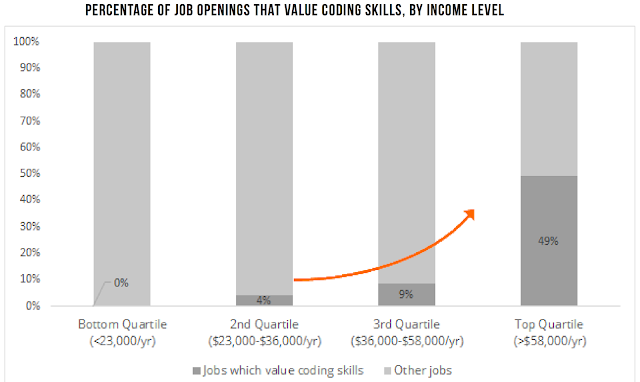As I mentioned previously, Australian strategists are a good source of analysis on China-US defense issues in the western Pacific because they are caught in the middle and have to think realistically about the situation.
@3:30 min: A2AD by DF21 / DF26 ASBM a fait accompli? 9 dash line to become a reality? Is containment broken?
See earlier post The Pivot and American Statecraft in Asia.
I linked to the report below some time ago.
China’s Constellation of Yaogan Satellites & the Anti-Ship Ballistic Missile – An Update
Professor S. Chandrashekar and Professor Soma Perumal
International Strategic & Security Studies Programme (ISSSP)
National Institute of Advanced Studies (NIAS)
December 2013
With the recent launch of the Yaogan 19 satellite China has in place an advanced space capability to identify, locate and track an Aircraft Carrier Group (ACG) on the high seas. This space capability is an important component of an Anti-Ship Ballistic Missile (ASBM) System that China has set up.
The current 19 satellite constellation consists of ELINT satellites, satellites carrying Synthetic Aperture Radar (SAR) sensors as well as satellites carrying optical imaging sensors. Based on the orbit characteristics, their local time of equatorial crossing and other related parameters, these satellites can be grouped into different categories that perform the various functions for identifying, locating and tracking the ACG.
Yaogan 9 (Yaogan 9A, 9B, 9C), Yaogan (16A, 16B, 16C) and Yaogan 17 (17A, 17B, 17C) are the three clusters that are equipped with ELINT sensors that provide broad area surveillance over the Oceans. With a coverage radius of about 3500 Km, they provide the first coarse fix for identifying and locating an ACG in the Pacific Ocean.
Yaogan 13, Yaogan 10, Yaogan 18 and Yaogan 14 are the satellites carrying a SAR sensor. With Local times of crossing of 02 00, 06 00, 10 00 and 14 00 hours and a resolution of 1 to 3 m , they provide all weather as well as day and night imaging capabilities over the regions of interest.
Yaogan 11, Yaogan 4, Yaogan 2 and Yaogan 7 constitute the high resolution optical satellites in the current constellation. The sensors they carry may have resolutions of between 1 to 3 m. ...
The three ELINT clusters typically make 18 contacts in a day with the moving target. The maximum period for which the target remains outside the reach of the ELINT satellites is about 90 minutes in a day. The SAR and the optical imaging satellites together typically provide 24 satellite passes over the target. About 16 targeting opportunities, during which the uncertainty in the target’s location is less than 10 km, are available in a day.
The analysis and the simulation results suggest that China has in place an operational ASBM system that can identify, locate, track and destroy an Aircraft Carrier in the Pacific Ocean.Over the summer I bumped into a micro-satellite startup guy at the Googleplex and we got onto the subject of imaging aircraft carriers from space. He thought a carrier group would be easy to image and couldn't possibly survive a serious conflict in the Pacific.
This seems to be an important component of a larger Chinese Access and Area Denial Strategy focused around a conflict over Taiwan.






